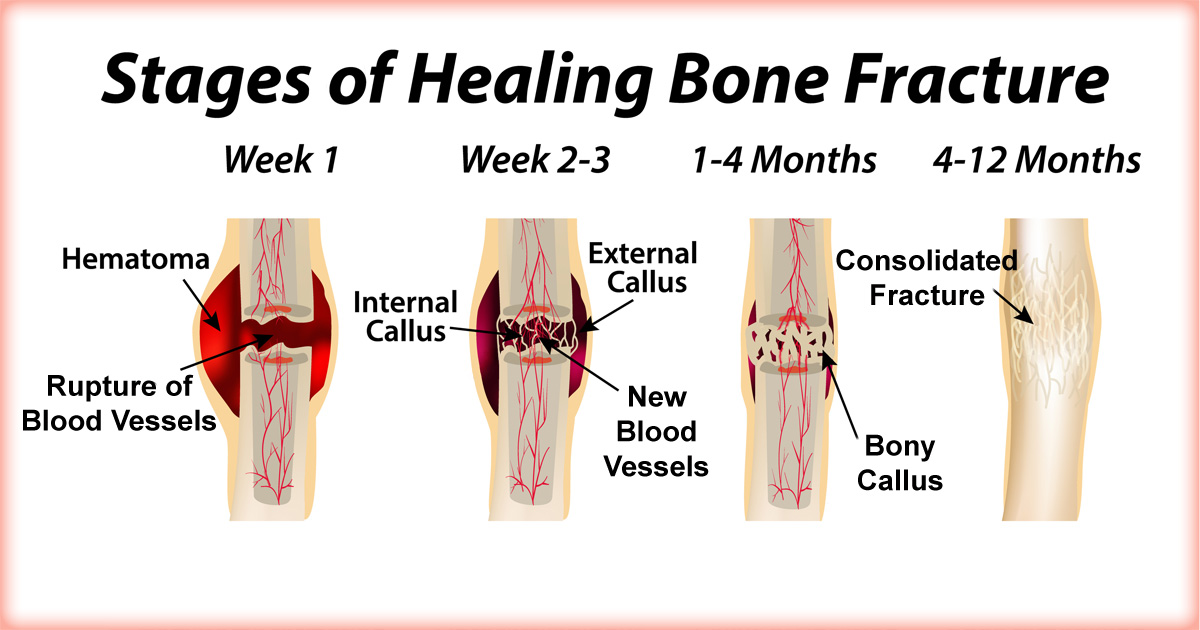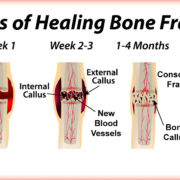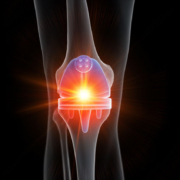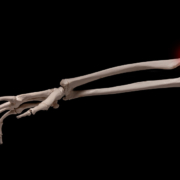What Your Body Needs for Bone Repair
Note: As this email hits your inbox at 6:15 a.m., Paula and I are already at the surgery center where she’s getting her right knee replaced. She had the left one done six months ago, so the recovery routine is familiar. We know we need to concentrate on bone repair, and since it’s slip-and-fall season here in the North, I thought this would be a good time to remind everyone of the nutritional requirements for bones. That’s why we’re rerunning this Memo from last February.
When it comes to broken bones, especially in adults, what can be done to help the healing process? Pain management is always paramount because of the second reason: joint rehabilitation. If any movement is too painful, no one wants to rehab the muscles and tendons surrounding the joint, especially with a dislocation that stretches them beyond their normal capacity. Putting the bone in place is one thing, but getting the tendons and muscles to repair is another. There’s no being brave or gutting it out; rehab is necessary to restore complete joint function.
That raises the question: are there any supplements that can help with the healing process? The research is virtually non-existent, as outlined in a recent article, but there are some nutrients that make sense:
- Vitamin C: an additional 1,000 to 2,000 mg per day. Vitamin C is involved in building connective tissues; bone, tendon, and ligaments are all connective tissue.
- Vitamin D: an additional 50 to 100 mcg per day. Vitamin D is known for helping build bone, so it makes sense to increase the amount.
- Glucosamine: 1,200 to 2,400 mg per day in total. Glucosamine, like vitamin C, is used in making all connective tissue. This appears to be important within the first two weeks after the injury, based on animal studies.
- Calcium: 500 to 1,000 mg/day in total. The formation of the callus and conversion to bone requires calcium. Taking an extra amount, providing stone formation is not an issue, is important.
The final part of bone repair is patience. We all progress at our own pace. If ever there was a time to be consistent, this is the time.
Manage the pain, perform the rehab once you’ve been given a program, take some nutrients that can benefit bone growth, and don’t stop until you have full function. That’s the bottom line on broken bones.
What are you prepared to do today?
Dr. Chet
Reference: J Orthop Res 38:695–707, 2020.






